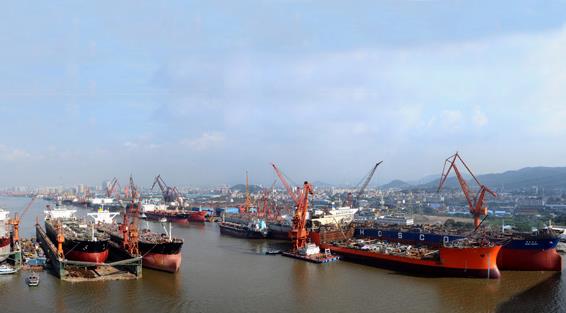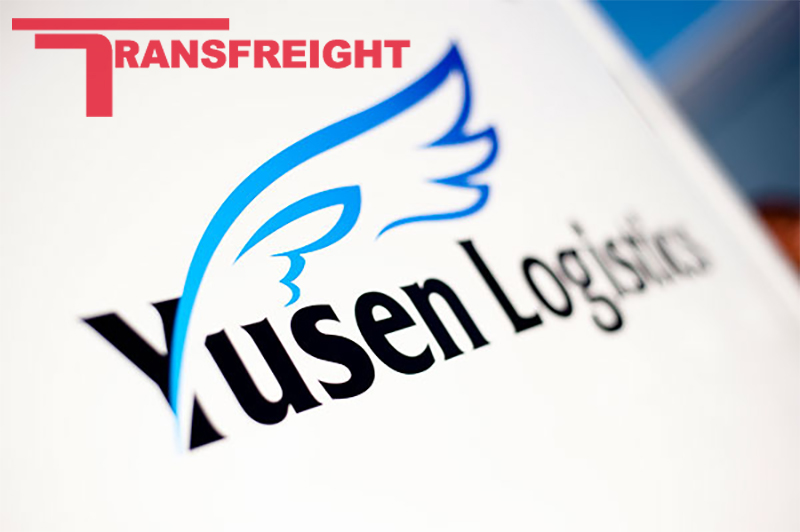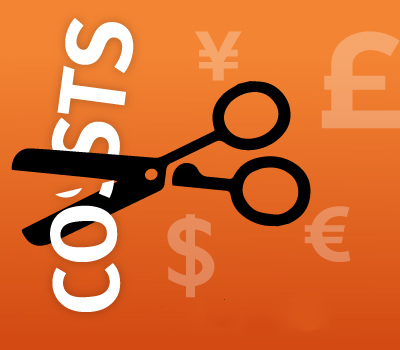The Vietnam e-Commerce Portal is ready for operation
VCN- That was the content announced at the conference on introduction of the Vietnam e-Commerce Portal held by the General Department of Vietnam Customs together with the World Bank and the PM Group Company on the morning of March 2, 2017.
 |
| The conference Photo: H.N |
Speaking at the conference, Mr.Nguyen Toan, the Director of International Cooperation Department under the General Department of Vietnam Customs said, the Trade Facilitation Agreement of the World Trade Organization (WTO) officially took effect from February 22, 2017) for all member economies including Vietnam.
According to commitments in Article 1 on announcing and providing information on the TFA Agreement of WTO: “Each member economy shall promptly publish information relating to import and export and transit procedures, tax rates, fees, the rules of goods classification, the regulations relating to origin principles and banned or restricted imports, and penalties, complaints and prosecution in import and export procedures; and the agreements or part of the agreement relating to import and export and transit procedures”.
For this requirement and strong development trend of electronic networks as well as the benefits from electronization, each member economy including Vietnam needs to build an electronic website to publish and provide the information under the requirements in the Agreements.
The construction of the website not only meets Vietnam’s commitments in the TFA Agreement of WTO but also is a useful tool to further facilitate the parties interested in imports and exports and transits with Vietnam, and also as a tool to transparentize, the required trend in most international agreements which Vietnam is a member and also to catch up with the trend of the World Customs – Digital Customs 2016, Mr.Nguyen Toan said.
The portal will fully provide the information relating to the management of Vietnam’s export and imports and information on the policies of the State management ministries, agencies on imports and exports.
According to Mr. Chris Lewis-Joner, the Head of Consulting and Project Management team, the Vietnam e-Commerce Portal is a single window information website providing a window for businesses to access easily, logically and effectively information on import-export regulations and procedures and also being an important step to improve the predictability and transparency of the commerce rules and processes.
The Vietnam Commerce Portal is suitable with the Vietnam’s commitments to meet WTO’s standards on compliance Article 1 of the Trade Facilitation Agreement and Article X of the General Agreement on Tariffs and Trade (GATT). The Vietnam Commerce Portal is also a tool to support for the Government and other relevant parties to reduce, modernize and simplify the import and export declaration process in line with international practice.
Currently, the construction process of the Vietnam Commerce Portal is completed and ready to be launched in the second quarter of 2017, Mr. Chris Lewis-Joner stressed.
By Dao Le/ Ngoc Loan
Source: http://customsnews.vn/









 Plan ahead means you will have enough time to choose the suitable transportation method, find a good
Plan ahead means you will have enough time to choose the suitable transportation method, find a good 




